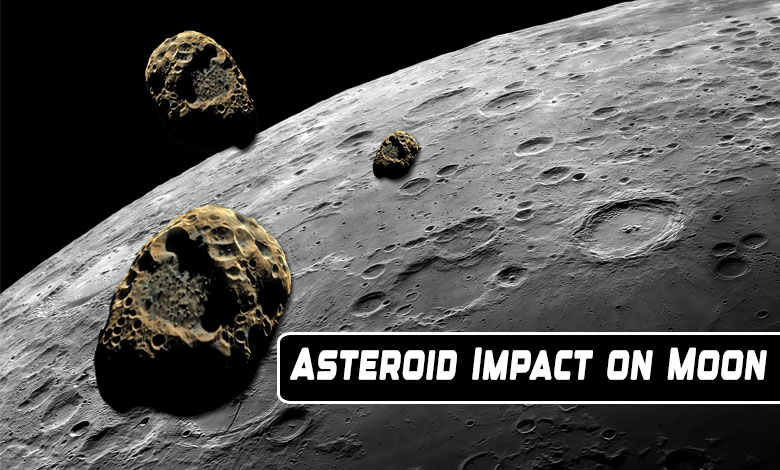Asteroid Impact Created Grand Canyons on the Moon: NASA
Asteroid impact billions of years ago carved out two massive canyons on the far side of the moon.

Cape Canaveral (US): New research shows that an asteroid impact billions of years ago carved out two massive canyons on the far side of the moon. This discovery is significant for scientists and NASA, which is planning to land astronauts at the moon’s south pole on the near, Earth-facing side, where the impact did not occur, and older rocks remain intact.
Table of Contents
Impact Details and Research Findings
Using photos and data from NASA’s Lunar Reconnaissance Orbiter, US and British scientists mapped the region and calculated the debris path from the impact that created these canyons around 3.8 billion years ago. Their findings were published in Nature Communications on Tuesday.
The asteroid, about 15 miles across, passed over the lunar south pole before hitting the moon. The resulting impact formed a huge basin and sent streams of boulders hurtling at nearly 1 mile per second, carving out two canyons in just 10 minutes. In contrast, the Grand Canyon on Earth took millions of years to form.
Also Read: Are We All Aliens? NASA’s Asteroid Findings Bring Us Closer to the Truth
The Scale of the Event
Lead author David Kring from the Lunar and Planetary Institute in Houston described the event as a “very violent, a very dramatic geologic process.” He further explained that the energy required to create these canyons was more than 130 times the current nuclear weapons inventory globally.
Implications for NASA’s Exploration Plans
The majority of the ejected debris was thrown in a direction away from the south pole, meaning NASA’s exploration zone near the pole remains untouched by the debris. This ensures that older lunar rocks, more than 4 billion years old, remain exposed and available for future exploration.
While scientists are still unsure whether these canyons are permanently shadowed, similar to some of the craters at the south pole, they are reexamining the area to investigate further. Permanently shadowed craters on the moon are believed to contain valuable ice, which could be used for rocket fuel and drinking water for future lunar missions.
NASA’s Artemis Program and Future Lunar Exploration
NASA’s Artemis program aims to return astronauts to the moon this decade, with plans to send astronauts around the moon next year and make the first lunar landing since the Apollo missions.
